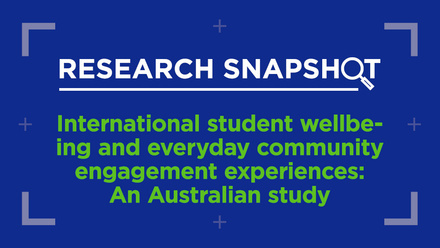Research snapshot: Gender equity in grant programmes

Women are awarded more team than solo grants and lead more gender-balanced teams than men
Publication date: 18 November 2024
A team of six researchers based at the University of New South Wales and the University of Sydney analysed 35,777 Australian government-funded grants awarded from 2000 to 2020 to explore patterns of collaboration (working with teams vs. working alone as sole investigators), team gender composition, and funding amounts. Specifically, they examined the proportion of grants awarded to women versus men as team leaders or sole investigators, the gender composition of teams led by women compared to those led by men, and funding amounts by leadership role and team gender composition. The study accounted for factors such as career seniority, team size, research field, and organisational research intensity. While acknowledging the non-binary nature of gender, the study primarily focused on women and men due to limitations in the dataset. Clarifying the complex interplay of these factors on research grant outcomes will be crucial for informing how to best advance gender equity in grant programmes. Researchers, higher education and research sector leaders, policymakers and research funders can benefit from reading this research.
Our findings suggest that women’s grant leadership may be an important mechanism for increasing the overall representation of women researchers in the sector.
About the authors
Key findings from the research
- Women were awarded more team grants than solo grants and led more gender-balanced teams than men. The percentage of grants awarded to women at mid- and senior-career levels was higher for teams than sole investigator grants. Teams led by women had more women coinvestigators than teams led by men, but this was below gender parity regardless of team leader gender. These findings suggest that women's grant leadership may play a crucial role in promoting gender equity by making teams more gender-balanced, supporting the visibility and advancement of women and strengthening the research pipeline.
- Gender differences are largest in STEM research teams. Women were least represented among teams in physical sciences, engineering, and mathematics, reflecting broader global trends in gender disparities across STEM disciplines. Addressing these disciplinary imbalances is critical for institutions engaged in international collaborations.
- Strengthening gender equity in research funding. Together, these findings highlight the need to prioritise team-based grants, support women’s grant leadership, and incentivise team gender diversity—particularly in STEM. Higher education institutions, funders, and governments must implement policies and funding mechanisms that ensure equitable access to research leadership and resources.











